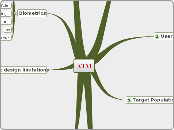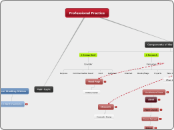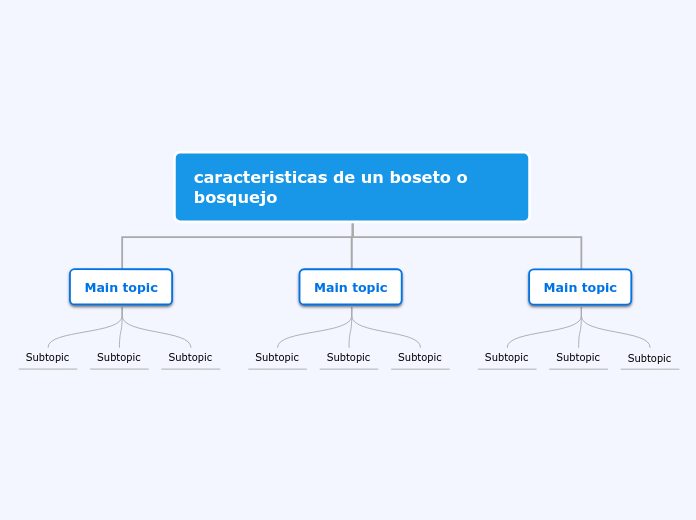по Darren Smith 16 лет назад
1227
ATM (PE1)
Designing Automated Teller Machines (ATMs) involves a comprehensive understanding of ergonomics and anthropometry to meet user needs effectively. This process includes creating guidelines that consider the physical and cognitive capabilities of a diverse population, including the elderly and those with disabilities.









